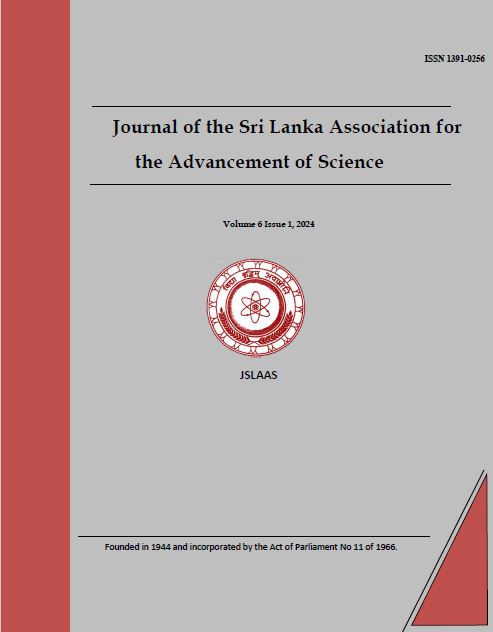Photocatalytic degradation of methylene blue dye using silver nanoparticles prepared from Raphanus sativus
DOI:
https://doi.org/10.5281/zenodo.11404247Abstract
Green synthesis of silver nanoparticles possesses many merits compared to that of chemical synthetic methods. Silver nanoparticles have been widely used in many applications such as catalytic activity, dye degradation, antimicrobial and anti-inflammatory activities. In this study silver nanoparticles (AgNps) were synthesized using extract of Raphanus sativus roots and identified by the UV-Visible spectrophotometer. XRD peaks of the crystal confirmed the face-centered cubic silver crystals with size of 49.16 nm. FT-IR spectrum indicated the functional groups on this nanoparticles. Scanning electron microscope images showed the spherical shapes and size of the AgNps. The photocatalytic degradation of methylene blue was performed by altering the weight of silver nanoparticles and moles of NaBH4. The degradation mixtures of 5 mg AgNps and 5mL of NaBH4, 10 mg AgNps and 5 mL of NaBH4 and 10 mg AgNps and 10 mL of NaBH4 attain degradation of 5.088%, 83.86 % and 48.067% of the methylene blue respectively. This study revealed that green synthesized silver nanoparticles from the extract of Raphanus sativus can act as a photocatalytic dye degradation agent against methylene blue.
Key words: Green synthesis, AgNPs, XRD, dye degradation, methylene blue

